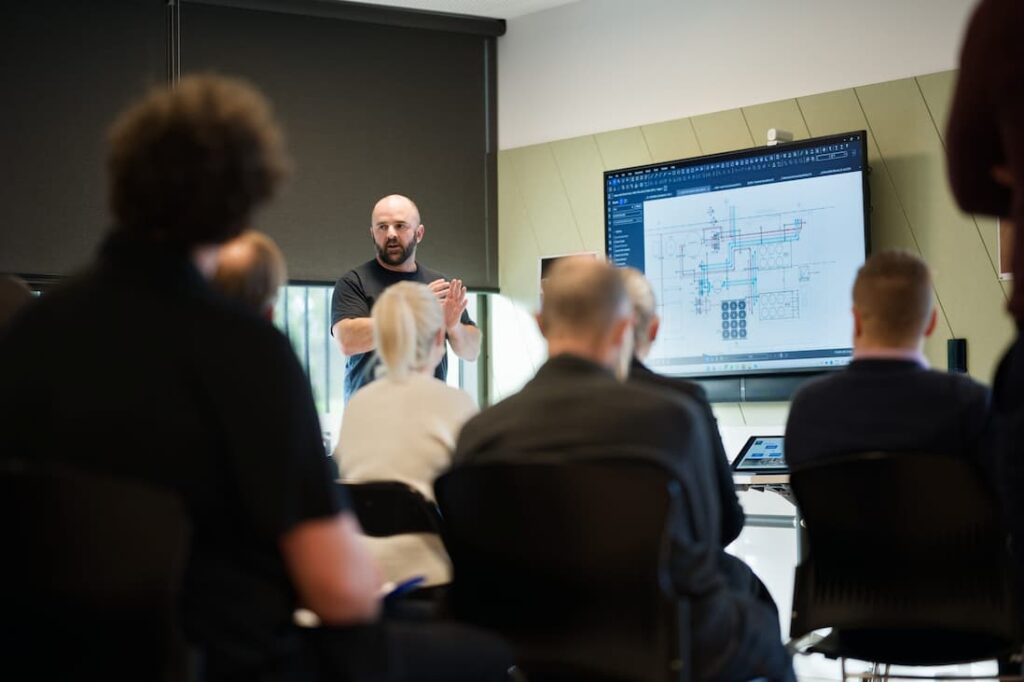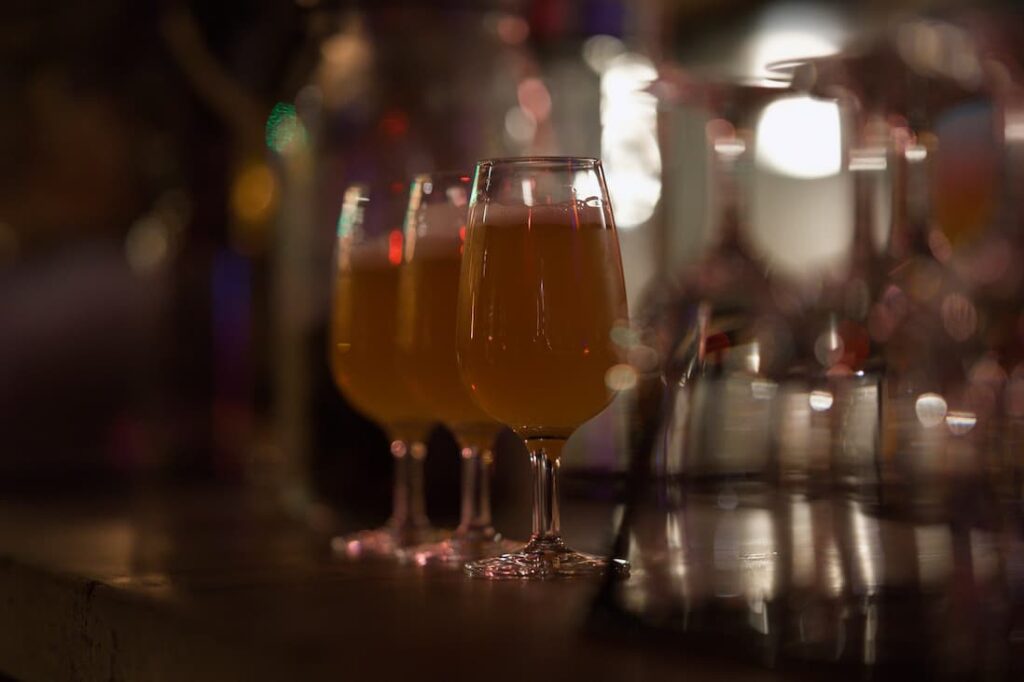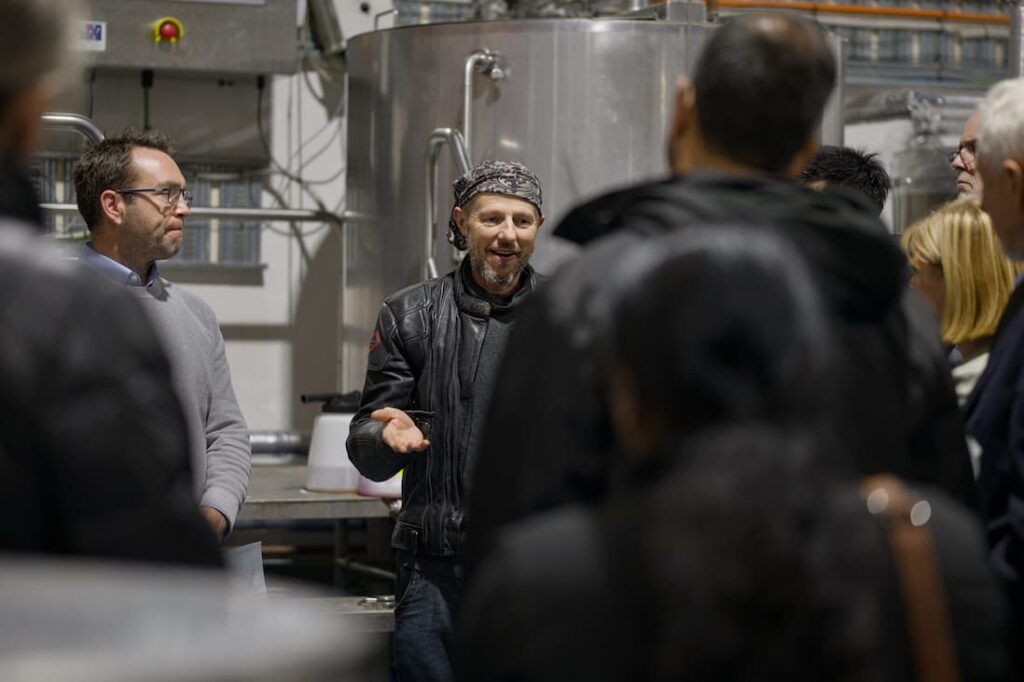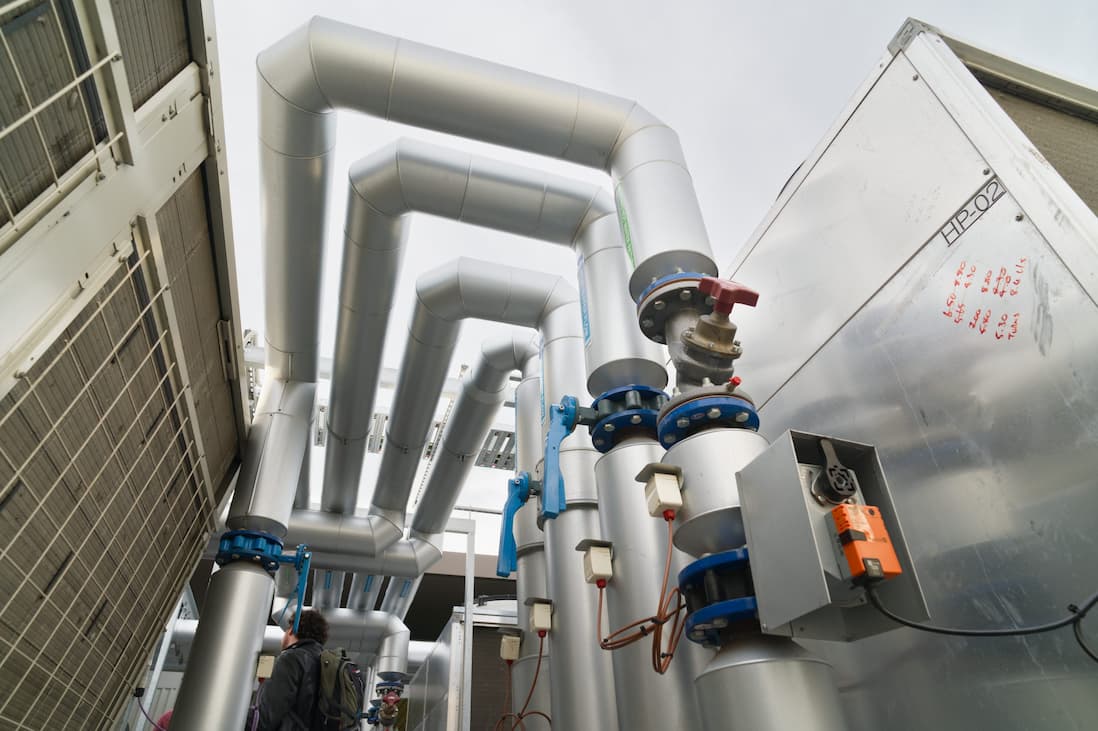The Australian Alliance for Energy Productivity (A2EP), the Facility Management Association of Australia (FMA) and AIRAH have collaborated to host a successful Heat Pumps in the Spotlight session in Melbourne’s inner north.
Jarrod Leak, CEO of the Australian Alliance for Energy Productivity (A2EP), led the tour, which began at the newly rebuilt Northcote Aquatic and Leisure Centre.
Pooling resources
City of Darebin Principal Climate Officer Santiago Perrotto welcomed the 35-strong crowd to the centre, which opened on November 13, 2023. His presentation outlined the council’s broader roadmap to net zero emissions and focused on the leisure centre’s sustainability and design credentials. He also emphasised the important role traditional owners played in the co-design of the centre, which was an important consideration for the council when approving the project.

According to Perrotto, the old fossil fuel-powered leisure centre had been responsible for up to 35 per cent of the council’s overall operating emissions, with heating for the outdoor pool contributing heavily. The new centre is completely gas-free, relying instead on a system of hot water heat pumps to get the job done.
Perrotto also pointed out that the building can function as a flexible community gathering point if required. Due to regulation requirements for grid-connected buildings, its substantial solar array would need to shut down during a blackout. However, as the centre has an external point of connection, it could run on an alternative power source, such as a generator or an external battery system. While this power source would not be capable of keeping the pool operational, it would allow the centre to offer basic amenities in a crisis.
During summer heatwaves, it regularly serves as a cool refuge for those with no other escape from the heat. Perrotto pointed to a 38°C day over the recent summer when the centre reached its capacity of 1,600 visitors, many of whom were seeking shelter from the heatwave.
From design to reality
The next presenter was Greg Costa from P&R Mechanical Services, who designed the heat pump system for the aquatic centre. Costa spoke openly and honestly about not just the successes of the projects, but also about its design and operational challenges.
He focused on the complexities of managing heat and humidity in an outdoor pool that is in use for 16 hours a day every day. The bulk of the heating takes place at night, when ambient temperatures plummet. However, this is also when the defrost cycle is most likely to kick in, limiting the heat pump’s ability to heat the water. Balancing these competing needs is hard work, and Costa was open about what could be done to mitigate this in future projects.

As he pointed out, this was the first fully electrified new-build aquatic centre in Melbourne. In the eight months the centre has been operational, he and his team have learnt lessons that have helped them improve the heat pump system’s performance and that they’ve been able to apply to similar pool electrification projects elsewhere in Melbourne.
Leak and Costa then led the group upstairs to the outdoor plant room, where attendees could inspect the kit and ask any questions that had arisen during the presentations.
Beer o’clock!
Every good tour ends at the pub, and this was no exception. The group headed to the nearby 3 Ravens brewery in Thornbury, where an innovative heat pump system has dramatically reduced the business’s energy expenditure and carbon footprint.
3 Ravens Production Manager Bill Armstrong lead the tour. He spoke about the brewery’s path to improved sustainability with help from sustainability experts and council grants.

The once leaky warehouse now has excellent insulation, a cool white roof, and a 74kW solar power system, all of which have greatly improved energy efficiency and comfort for workers. But the brewery’s pride and joy is its CO₂ chiller heat pump system, which manages the complex heating and cooling needs of a facility where brewers are working on multiple beers simultaneously.
According to Armstrong, the CO₂ chiller system has allowed the brewery to save around 30 per cent on energy costs while brewing 25 per cent more beer.
The system’s designer, Jon Fettes from Regenerate Engineering, was also at the event. He emphasised the system’s ability to capture and reuse waste heat and cooling for other purposes. This makes perfect sense in a brewery, where certain pieces of equipment need to be heated, while others need to be cooled.

The system uses process heat for:
- cleaning in place
- hot liquor production for steeping and mashing beer ingredients
- heating up and vigorously boiling wort.
It simultaneously uses process cooling for:
- Fermentation cooling
- Cold liquor production
- Crash cooling processes
- Cold conditioning.
While the brewery tour was fascinating, nobody objected to the offer of some delicious food and a few drinks at the end of the day!
 Nick Johns-Wickberg
Nick Johns-Wickberg


Leave a Reply